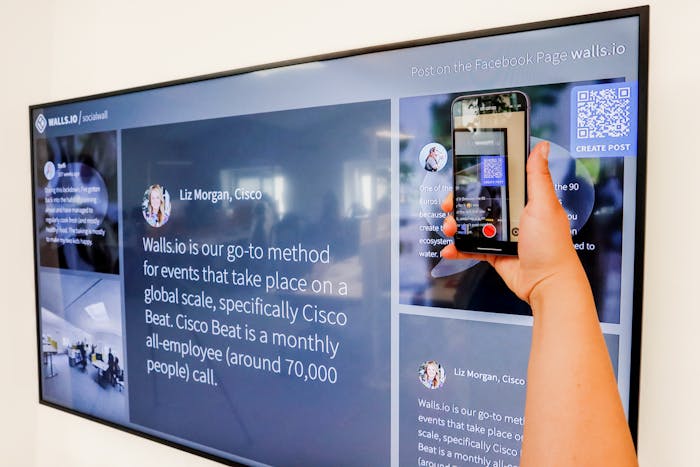Technology
How Innovative QR Codes Transform Global Branding Strategies

QR codes have emerged from their initial obscurity to become power players in the global branding game. They’re allowing brands big and small to rewrite the rulebook on customer engagement, funneling more prospects towards a purchase, and generally getting the word out about companies in a proactive manner.
To illustrate the benefits they offer, here are a few examples of the innovations in branding that are made possible with a humble QR code.
Why QR Codes have Branding Clout
The adoption of QR codes by companies for promotional purposes is partly down to consumer demand – with 89 million Americans scanning at least one code annually, and 45% of this group doing so in order to get the lowdown on marketing materials on their mobile devices.
Here are a few talking points behind their rise to prominence:
- The pandemic heralded unprecedented times where touch-free became the norm, catapulting QR code usage into daily life.
- Initially popular in automotive manufacturing for tracking parts, today’s QR codes carry payloads of interactive content far beyond their original data storage intent.
- Countries such as China have seen near-universal adoption rates due in part to WeChat integration, ensuring QR technology is woven into the social fabric.
On top of all this, the fact that any company can generate a QR code for free means that there’s no financial obstacle to adopting them for brand-building. So even if you just add one to product packaging or print media promotions to point would-be customers to your website, it can make a major difference and be the work of a minute.
Case Studies of Major Brands’ QR Initiatives
To further emphasize the relevance of QR codes for branding, it’s a good idea for us to touch on a few instances in which household name organizations have adopted this approach:
- Spotify: Music giant Spotify has transformed playlists into scan-able experiences in locations from bus stops to bar coasters, with each code pointing listeners toward curated vibes that click with their tastes. These codes are good for Spotify as a whole, as well as a means of artists using the platform to promote themselves, so it’s a symbiotic relationship.
- Nike: Nike revolutionized shopping by launching exclusive sneaker drops via QR codes, transforming the shopping experience into a treasure hunt for sneakerheads – as well as implementing them as part of its running app.
- Coca-Cola: Coca-Cola added AR experiences to its digital out-of-home marketing efforts via the #TakeATasteNow campaign, making every sip interactive with QR codes on dynamic ad screens that are also tied back into its loyalty app.
Integrating QR codes with creativity allows these titans to prove that traditional branding is evolving, and smaller businesses can certainly take a leaf from their book in this regard.
QR Codes for Brand Storytelling
To get customers more invested in your brand, you need to form the framework of an authentic story around it. QR codes can kick start this process in various ways, including a few of the following:
- Wine producers utilize QR codes to transport consumers to vineyards, offering a visual and educational journey recounting the origin of each bottle’s contents.
- Artists and designers have embedded QR technology into product packaging, transforming ordinary items into interactive art exhibits and deepening consumer-brand connection.
- Fashion brands tap into transparency trends, detailing sustainable practices through scannable tags that reveal ethical sourcing and production processes.
So while promos linked through QR codes are all well and good, don’t be shy about seeking out the narrative potential that they also represent.
Final Thoughts
As mentioned, the main reason to experiment with QR codes for branding, whether at a local or global scale, is because they represent an affordable inroad into this strategic step. Take the above examples and form your own campaigns based on the inspiration they provide.

















































